Animal Physiology and Molecular Biomedicine
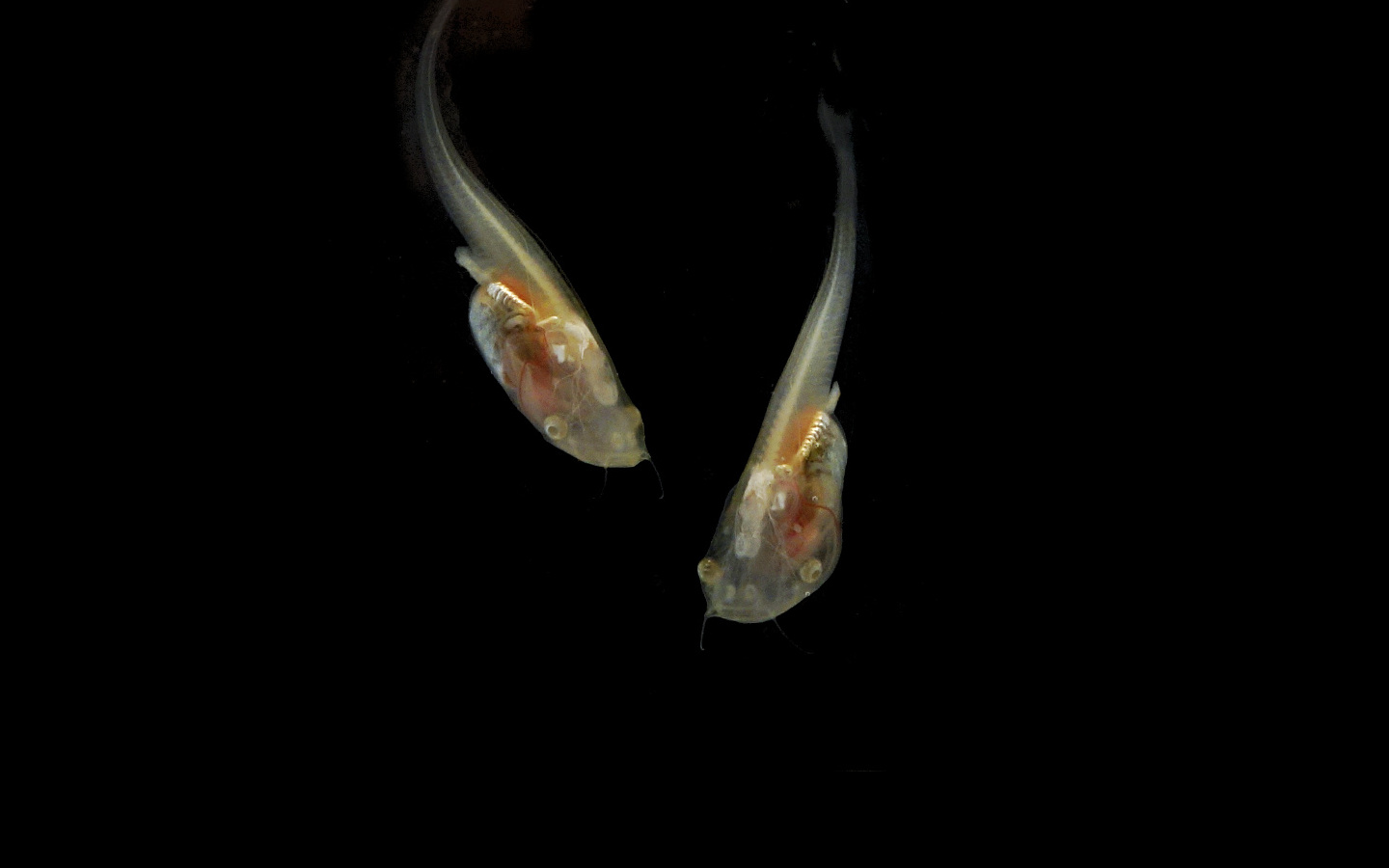
The olfactory system has the unusual capacity to generate new neurons throughout the lifetime of an organism. This allows to study stem cell function and the regulation of neurogenesis in the developing and adult olfactory system. We investigate how newly generated olfactory neurons integrate into the existing olfactory circuitry. Thereby, we are particularly interested in how axons of olfactory receptor neurons find their way to the correct target areas in the olfactory bulb, the wiring of the network, and how the formation of new synapses in glomeruli is regulated.
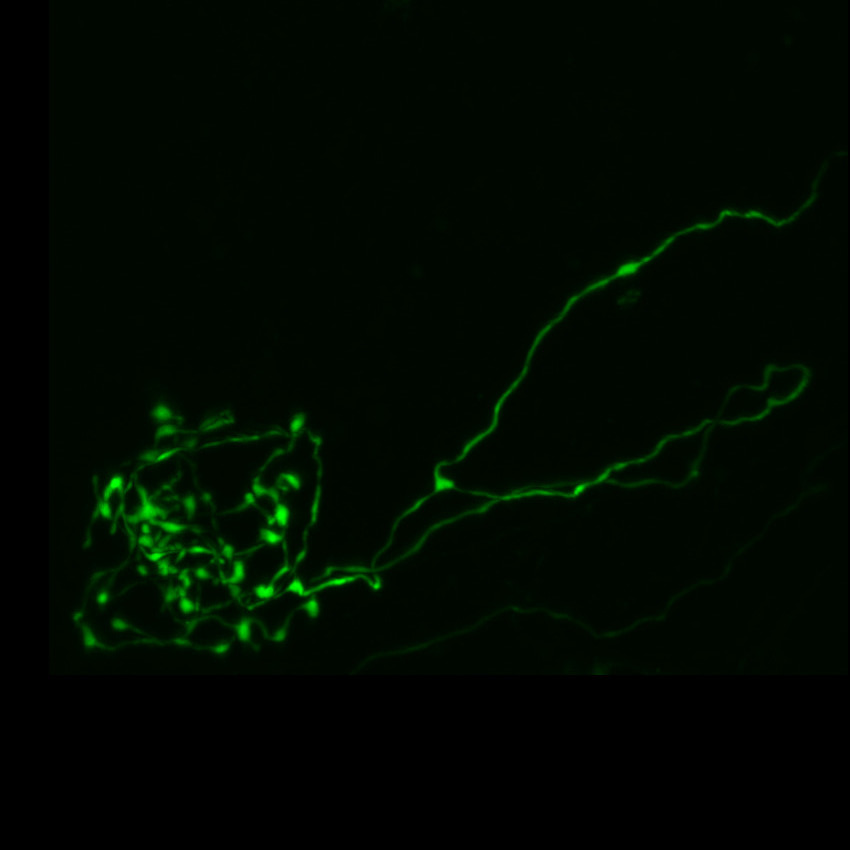
We investigate general functional properties of the sense of smell. Fluorescent microscopy and electrophysiological tools are applied to measure cellular activity in both the olfactory epithelium and the forebrain. This allows to investigate the cellular machinery necessary for odorant detection & modulation and the general principles of odor mapping & processing in the brain. We also would like to understand why during evolution, olfactory systems show a tendency to seggregate into distinct, specialized subsystems.
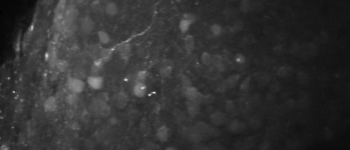
The olfactory system with its unique strengths is a useful tool to study the different steps in the maturation and regeneration of neurons on a molecular, cellular and functional level. We aim to understand the mechanisms that regulate olfactory neurogenesis during normal tissue maintenance and under repair conditions. The knowledge created as the result of basic research is likely to assist medical treatment and the development of new therapies targeted at replacement of lost neurons in neurodegenerative disorders or following nervous system injury.
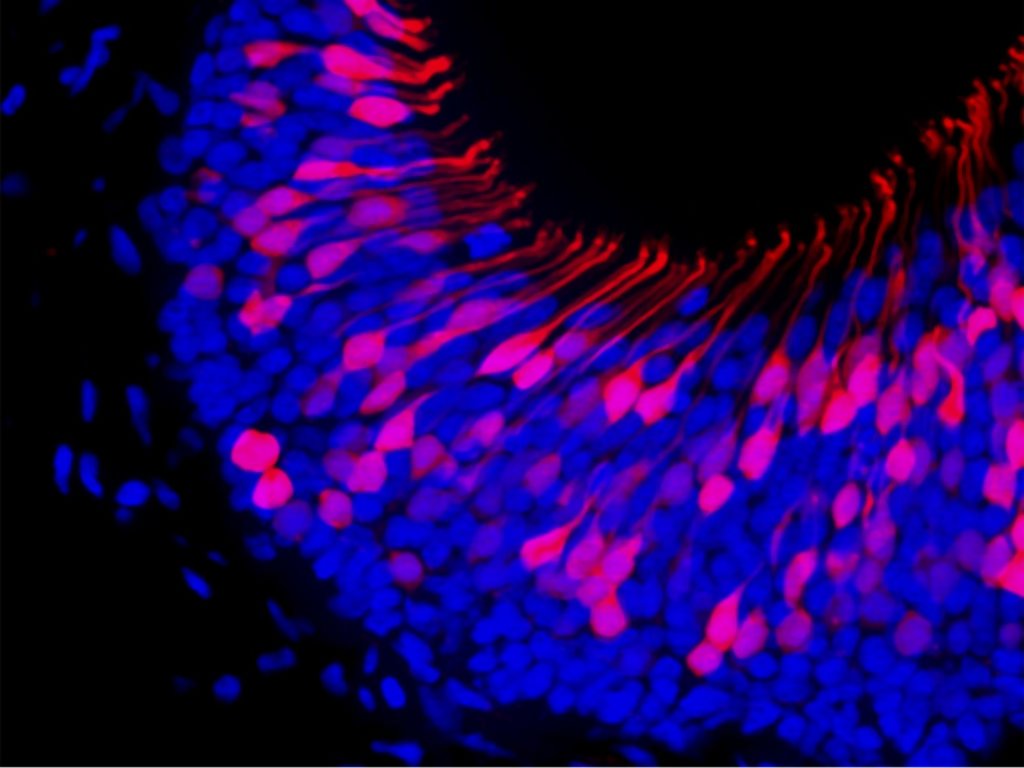
 Ivan Manzini
Ivan Manzini
Prof. Dr.
Group leader
+49 641-99 35050
imanz@pz.jlug.de
 Thomas Hassenklöver
Thomas Hassenklöver
Dr.
Staff scientist
+49 641-99 35263
thass@pz.jlug.de
 Anyelet Valencia-Aguilar
Anyelet Valencia-Aguilar
Dr.
Post-doc
+49 641-99 35056
anyelet.aguilar@physzool.bio.uni-giessen.de
 Katrin Heber
Katrin Heber
Secretary
+49 641-99 35051
khebe@pz.jlug.de
 Melina Kahl
Melina Kahl
MSc.
PhD student
+49 641-99 35261
Melina.Kahl
@physzool.bio.uni-giessen.de
Technical assistant
+49 641-99 35056
Mirjam.Buss
@physzool.bio.uni-giessen.de
 Anja Schnecko
Anja Schnecko
Technical assistant
+49 641-99 35261
Anja.Schnecko
@physzool.bio.uni-giessen.de
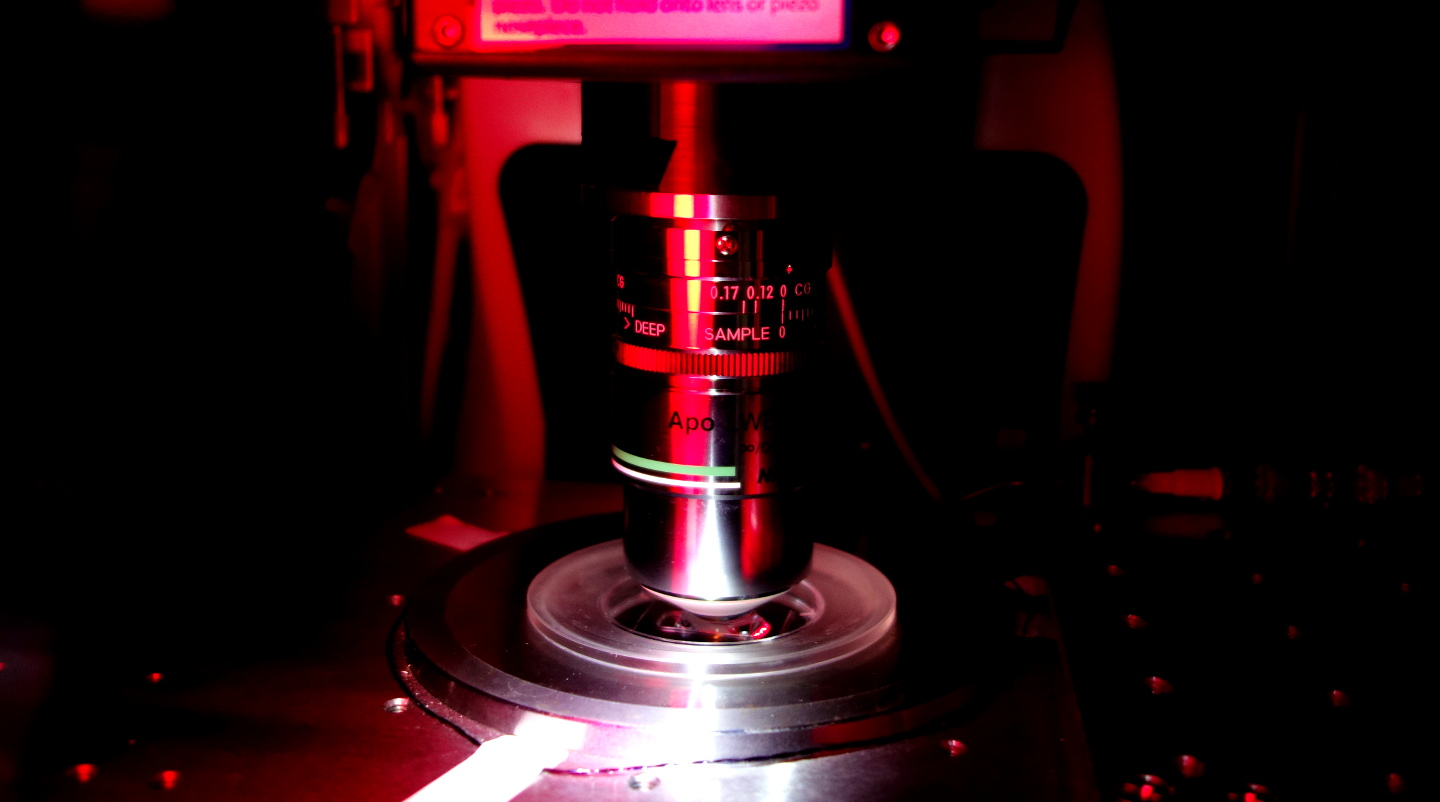
Kahl M, Weiss L, Walter J, Hassenklöver T, Manzini I
Olfactory nerve transection transiently activates olfactory ensheathing cells in Xenopus laevis larvae.
Europ. J. Neurosci., 62(3):e70211.
Dehn KI, Maiello G, Hartmann FT, Morgenstern Y, Hawkins SJ, Offner T, Walter J, Hassenklöver T, Manzini I, Fleming RW
Human shape perception spontaneously discovers the biological origin of novel, but natural, stimuli.
J. R. Soc. Interface, 22:20240931.
Hawkins SJ, Gärtner Y, Offner T, Weiss L, Maiello G, Hassenklöver T, Manzini I
The olfactory network of larval Xenopus laevis regenerates accurately after olfactory nerve transection.
Eur. J. Neurosci., 60:3719-3741.
Kahl M, Offner T, Trendel A, Weiss L, Manzini I, Hassenklöver T
S100Z is expressed in a lateral subpopulation of olfactory receptor neurons in the main olfactory system of Xenopus laevis.
Dev. Neurobiol., 84:59-73.
Dieris M, Kowatschew D, Hassenklöver T, Manzini I, Korsching S
Calcium imaging of adult olfactory epithelium reveals amines as important odor class in fish.
Cell Tissue Res., 396:95-102.
Offner T, Weiss L, Daume D, Berk A, Inderthal TJ, Manzini I, Hassenklöver T
Functional odor map heterogeneity is based on multifaceted glomerular connectivity in larval Xenopus olfactory bulb.
iScience, 26(9):107518.
Richter K, Asci N, Singh VK, Yakoob SH, Meixner M, Zakrzewicz A, Liese J, Hecker A, Wilker S, Stumpf S, Schlüter K-D, Rhode M, Gödecke A, Padberg W, Manzini I, Schmalzing G, Grau V
Activation of endothelial NO synthase and P2X7 receptor modification mediates the cholinergic control of ATP-induced interleukin-1β release by mononuclear phagocytes.
Front. Immunol., 14:1140592.
Manzini I
Perireceptor events and peripheral modulation of olfactory signals in the olfactory epithelium of vertebrates.
Neuroforum, 28(3):129-141.
Daume D, Offner T, Hassenklöver T, Manzini I
Patterns of tubb2b promoter-driven fluorescence in the forebrain of larval Xenopus laevis.
Front. Neuroanat., 16:914281.
Manzini I
Diet-induced disruption of the olfactory system: not only obesity is to blame.
J. Physiol., 600(6):1273-1274.
Manzini I, Schild D, Di Natale C
Principles of odor coding in vertebrates and artificial chemosensory systems.
Physiol Rev., 102:61-154.
Weiss L, Segoviano Arias P, Offner T, Hawkins SJ, Hassenklöver T, Manzini I
Distinct interhemispheric connectivity at the level of the olfactory bulb emerges during Xenopus laevis metamorphosis.
Cell Tissue Res., 386:491-511.
Weiss L, Manzini I, Hassenklöver T
Olfaction across the water–air interface in anuran amphibians.
Cell Tissue Res., 383:301-325.
Manzini I, Sachse S
Editorial for the special issue "Olfactory Coding and Circuitries".
Cell Tissue Res., 383:1-6.
Offner T, Daume D, Weiss L, Hassenklöver L, Manzini I
Whole-brain calcium imaging in larval Xenopus.
Cold Spring Harb. Protoc., 2020(12):507-513.
Richter K, Ogiemwonyi-Schaefer R, Wilker S, Chaveiro AI, Agné A, Hecker M, Reichert M, Amati A-L, Schlüter K-D, Manzini I, Schmalzing G, McIntosh JM, Padberg W, Grau V, Hecker A
Amyloid beta peptide (Aβ 1-42) reverses the cholinergic control of monocytic IL-1β release.
J. Clin. Med., 9(9):E2887.
Weiss L, Jungblut LD, Pozzi AG, O'Connell LA, Hassenklöver T, Manzini I
Conservation of glomerular organization in the main olfactory bulb of anuran larvae.
Front. Neuroanat., 14:44.
Gerdes C, Waal N, Offner T, Fornasiero EF, Wender N, Verbarg H, Manzini I, Trenkwalder C, Mollenhauer BB, Strohaeker T, Zweckstetter M, Becker S, Rizzoli SO, Basmanav B, Opazo F
A nanobody-based fluorescent reporter reveals human α-synuclein in the cell cytosol.
Nat. Commun., 11:2729.
Weiss L, Jungblut LD, Pozzi AG, O'Connell LA, Zielinski BS, Hassenklöver T, Manzini I
Multi-glomerular projection of single olfactory receptor neurons is conserved among amphibians.
J. Comp. Neurol., 528(13):2239-2253.
Demirler MC, Sakizli U, Bali B, Kocagöz Y, Eski SE, Ergönen A, Alkiraz AS, Bayramli X, Hassenklöver T, Manzini I, Fuss SH
Purinergic signalling selectively modulates maintenance but not repair neurogenesis in the zebrafish olfactory epithelium.
FEBS J., 287(13):2699-2722.